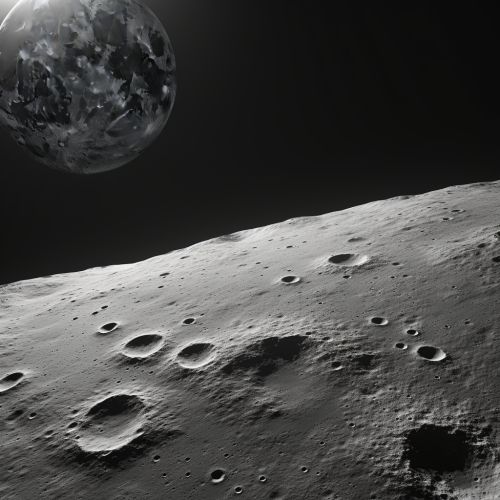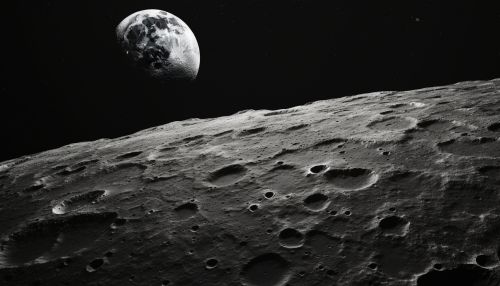Planetary Geology
Introduction
Planetary geology, also known as planetary science, is a branch of geology that focuses on the study of celestial bodies such as planets, moons, asteroids, and meteorites. This field of study is concerned with the geological aspects of these celestial bodies, including their composition, structure, physical properties, history, and the processes that shape them.
History of Planetary Geology
The field of planetary geology was born out of the space race era of the 1960s. The first successful mission to another celestial body was the Luna 2 mission by the Soviet Union, which impacted the Moon in 1959. This was followed by the successful landing of the Luna 9 spacecraft in 1966, which returned the first images from the lunar surface.


The Apollo missions by NASA, which brought back lunar samples to Earth, greatly contributed to the development of planetary geology. These missions provided scientists with valuable data about the Moon's composition and geological history.
Planetary Bodies
Planetary geology is not limited to the study of planets alone. It also includes the study of moons, asteroids, meteorites, and comets. Each of these celestial bodies has unique geological features and processes that are of interest to planetary geologists.
Planets
Planetary geologists study both the terrestrial planets (Mercury, Venus, Earth, and Mars) and the gas giants (Jupiter, Saturn, Uranus, and Neptune). Each planet has its unique geological features and history. For example, Mars is of particular interest due to the presence of the largest volcano and the deepest, longest canyon in the solar system.
Moons
Many of the moons in the solar system also have fascinating geological features. For instance, Jupiter's moon Io is the most volcanically active body in the solar system, while Saturn's moon Titan has lakes of liquid hydrocarbons.
Asteroids and Meteorites
Asteroids and meteorites provide valuable information about the early solar system. Studying them helps planetary geologists understand the processes that led to the formation of planets.
Geological Processes
Planetary geology also involves the study of geological processes such as tectonics, volcanism, and impact cratering. These processes shape the surfaces of celestial bodies and provide clues about their internal structures.
Tectonics
Tectonics is the study of the structure of a planet's crust and the forces that shape it. On Earth, tectonic activity is responsible for the creation of mountain ranges, earthquakes, and the movement of continents.
Volcanism
Volcanism is the process by which magma from a planet's interior reaches the surface. This process is responsible for creating many of the surface features on planets and moons, such as the volcanic plains on the Moon and the giant volcanoes on Mars.
Impact Cratering
Impact cratering is the process by which meteorites and other celestial bodies collide with a planet or moon, creating a crater. This process has played a significant role in shaping the surfaces of all celestial bodies in the solar system.
Tools and Techniques
Planetary geologists use a variety of tools and techniques to study celestial bodies. These include telescopic observations, spacecraft missions, and the analysis of lunar and meteorite samples.
Telescopic Observations
Telescopes are an essential tool for planetary geologists. They allow scientists to observe celestial bodies in detail from Earth.
Spacecraft Missions
Spacecraft missions provide the most direct way to study celestial bodies. These missions can involve orbiters, landers, rovers, and sample return missions.
Lunar and Meteorite Samples
The analysis of lunar and meteorite samples provides valuable information about the composition and history of celestial bodies. These samples are often studied in laboratories on Earth.
Future of Planetary Geology
The future of planetary geology looks promising with the advent of new technologies and missions. The upcoming missions to Mars, the outer planets, and asteroids will provide new data for planetary geologists to analyze. Moreover, the possibility of manned missions to Mars and the Moon in the future could open up new opportunities for geological exploration.
